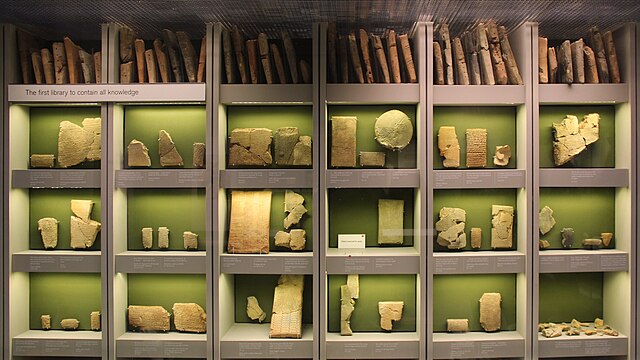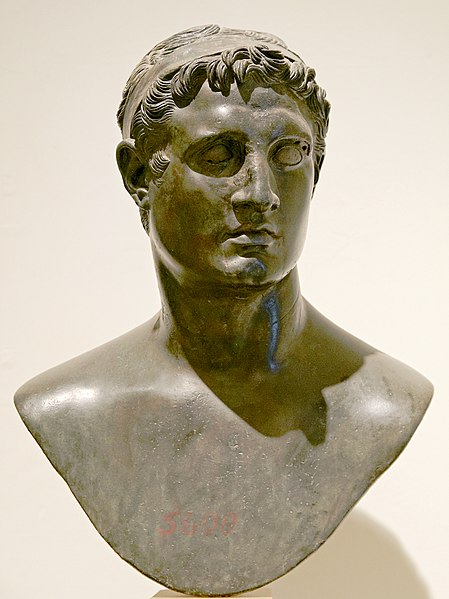A research library is a library that contains an in-depth collection of material on one or several subjects. A research library will generally include an in-depth selection of materials on a particular topic or set of topics and contain primary sources as well as secondary sources. Research libraries are established to meet research needs and, as such, are stocked with authentic materials with quality content. Research libraries are typically attached to academic or research institutions that specialize in that topic and serve members of that institution. Large university libraries are considered research libraries, and often contain many specialized branch research libraries. The libraries provide research materials for students and staff of these organizations to use and can also publish and carry literature produced by these institutions and make them available to others. Research libraries could also be accessible to members of the public who wish to gain in-depth knowledge on that particular topic.

The Library of Congress is one of the largest research libraries in the world.
Artifacts from the Library of Ashurbanipal, established in the 7th century BC in present-day Iraq
The Sistine Hall of the Vatican Library, Vatican City
Widener Library at Harvard University is one of the largest research libraries in the world.
The Great Library of Alexandria in Alexandria, Egypt, was one of the largest and most significant libraries of the ancient world. The library was part of a larger research institution called the Mouseion, which was dedicated to the Muses, the nine goddesses of the arts. The idea of a universal library in Alexandria may have been proposed by Demetrius of Phalerum, an exiled Athenian statesman living in Alexandria, to Ptolemy I Soter, who may have established plans for the Library, but the Library itself was probably not built until the reign of his son Ptolemy II Philadelphus. The Library quickly acquired many papyrus scrolls, owing largely to the Ptolemaic kings' aggressive and well-funded policies for procuring texts. It is unknown precisely how many scrolls were housed at any given time, but estimates range from 40,000 to 400,000 at its height.

Nineteenth-century artistic rendering of the Library of Alexandria by the German artist O. Von Corven, based partially on the archaeological evidence available at that time
A Hellenistic bust depicting Ptolemy I Soter, 3rd century BC, the Louvre, Paris
A Roman copy of an original 3rd century BC Greek bust depicting Alexander the Great, Ny Carlsberg Glyptotek, Copenhagen
Bust excavated at the Villa of the Papyri depicting Ptolemy II Philadelphus, who is believed to have been the one to establish the Library as an actual institution, although plans for it may have been developed by his father Ptolemy I Soter








